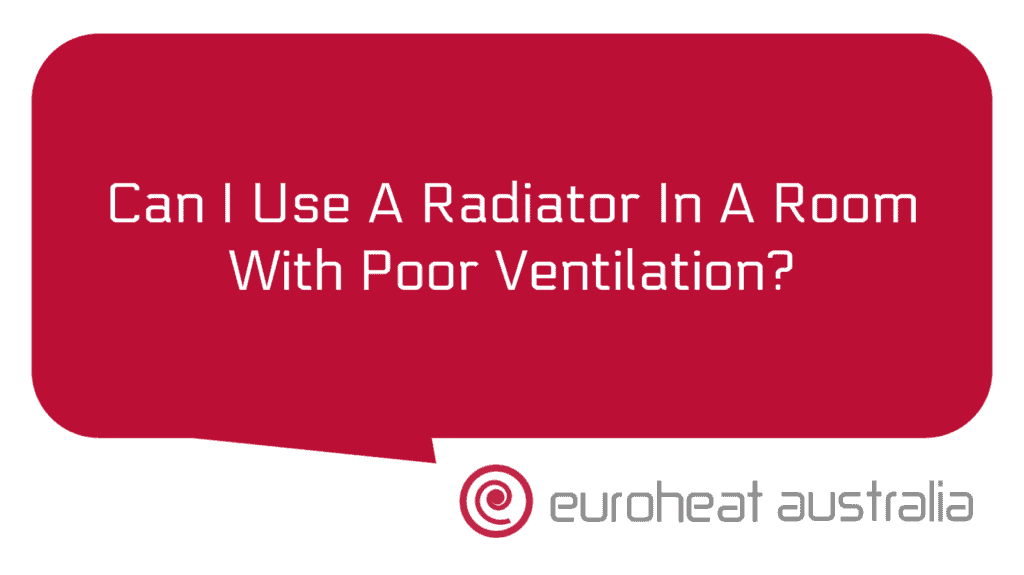Whether you’re a homeowner in Australia or elsewhere, a waste heat hot water system is a great way to reduce your energy and cost bills. But, like any appliance or system, regular maintenance and cleaning are important for optimal performance and efficiency.
In this article, we’ll look at some of the best ways to clean and maintain your waste heat hot water system. We’ll also look at the benefits of installing a heat and chill recovery system, which can save you energy and money over time.
First things first – it’s important to know what type of waste heat hot water system you have in order to effectively clean and maintain it. There are two main types: direct contact waste heat systems (DCWH) and indirect contact systems (ICWH). DCWH systems use direct contact between the hot water source (such as solar thermal panels) and the storage tank, while ICWH systems use an intermediary medium – usually glycol – to transfer heat from the source to the storage tank.
It’s also important to note that each type of system requires different maintenance procedures – so make sure you read up on how to clean your specific type of system. In general, however, there are some basic steps that should be taken for all types of waste heat hot water systems:
1. Clean out any sediment or dirt build-up in the storage tank by flushing with warm water. This is especially important if you have an ICWH system as dirt can clog up the glycol medium over time.
2. Check all components regularly for signs of wear or damage – such as rust or leaks – and replace them if necessary.
3. Make sure all parts are properly lubricated according to manufacturer instructions; this will help ensure efficient operation over time.
4. Regularly check pipes for leaks or blockages; if left unchecked these can reduce efficiency or cause damage over time.
5. Ensure that all valves are working correctly; faulty valves can lead to inefficient operation or even complete failure of the system if left unchecked for too long.
Now that we’ve covered some general maintenance tips for waste heat hot water systems, let’s look at how installing a Heat & Chill Recovery System can benefit you in terms of energy savings and cost reduction:
• Heat & Chill Recovery Systems capture otherwise wasted energy which is then used to pre-heat incoming cold air before it enters your home/building through an HVAC unit; this helps reduce power consumption associated with heating/cooling needs by up to 40%.
• By capturing otherwise wasted energy before it enters your home/building, you can reduce your energy bills significantly; depending on the size of your home/building up to $1000 per year could be saved through installation & use of an effective Heat & Chill Recovery System!
• Heat & Chill Recovery Systems help maintain indoor air temperature more easily & efficiently than traditional methods – this means less effort from HVAC units trying to maintain temperature levels & consequently less strain on associated parts leading potentially longer lifetime for HVAC units as well as lower running costs overall due their improved efficiency!
Finally, when it comes time for installation or repair work on your Waste Heat Hot Water System always trust experienced professionals like Euroheat Australia! With 30 years experience designing & constructing hydronic heating & cooling systems Euroheat Australia offers quality design & installation services tailored specifically towards each customer’s individual needs – so rest assured when getting Euroheat Australia involved in any project related matter there will always be an expert near by ready help out!





